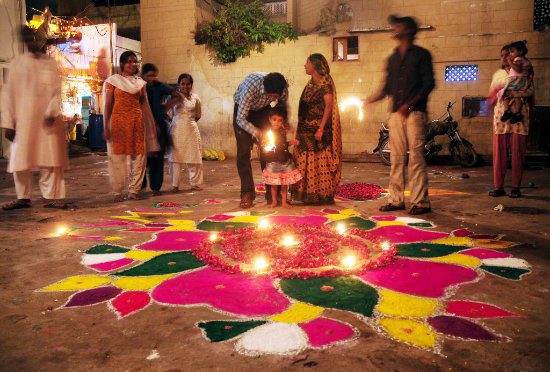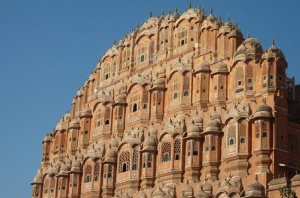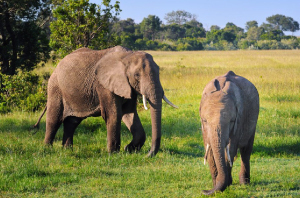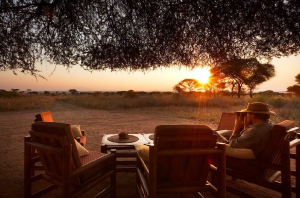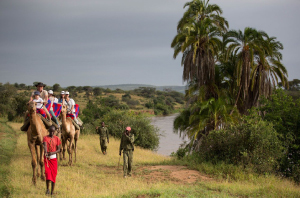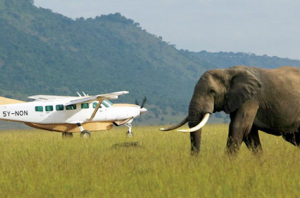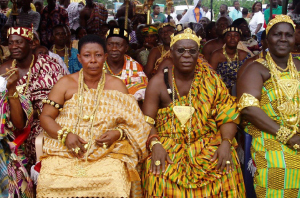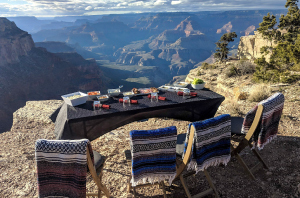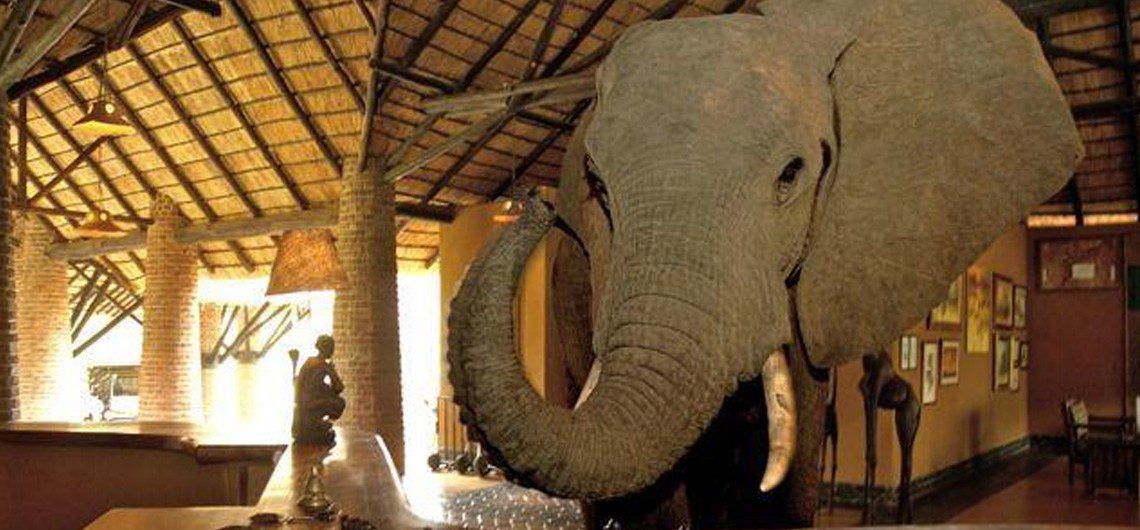While we’ll never know if the saying “an elephant never forgets” might be true, it’s definitely true in India and Sri Lanka that the elephant is certainly never forgotten! Honored for centuries for their association with great wisdom, tremendous strength, and royal bearing, elephants enjoy a particularly revered status in Sri Lanka and India, where this reverence is displayed throughout the year, often during incredible festivals celebrating benevolent deities with which they’re associated. Hundreds of years after leading armed soldiers and bearing kings, the elephant – both creature and symbol – remains vital and rich with meaning, not only to the national identities of these countries, but to people around the world.
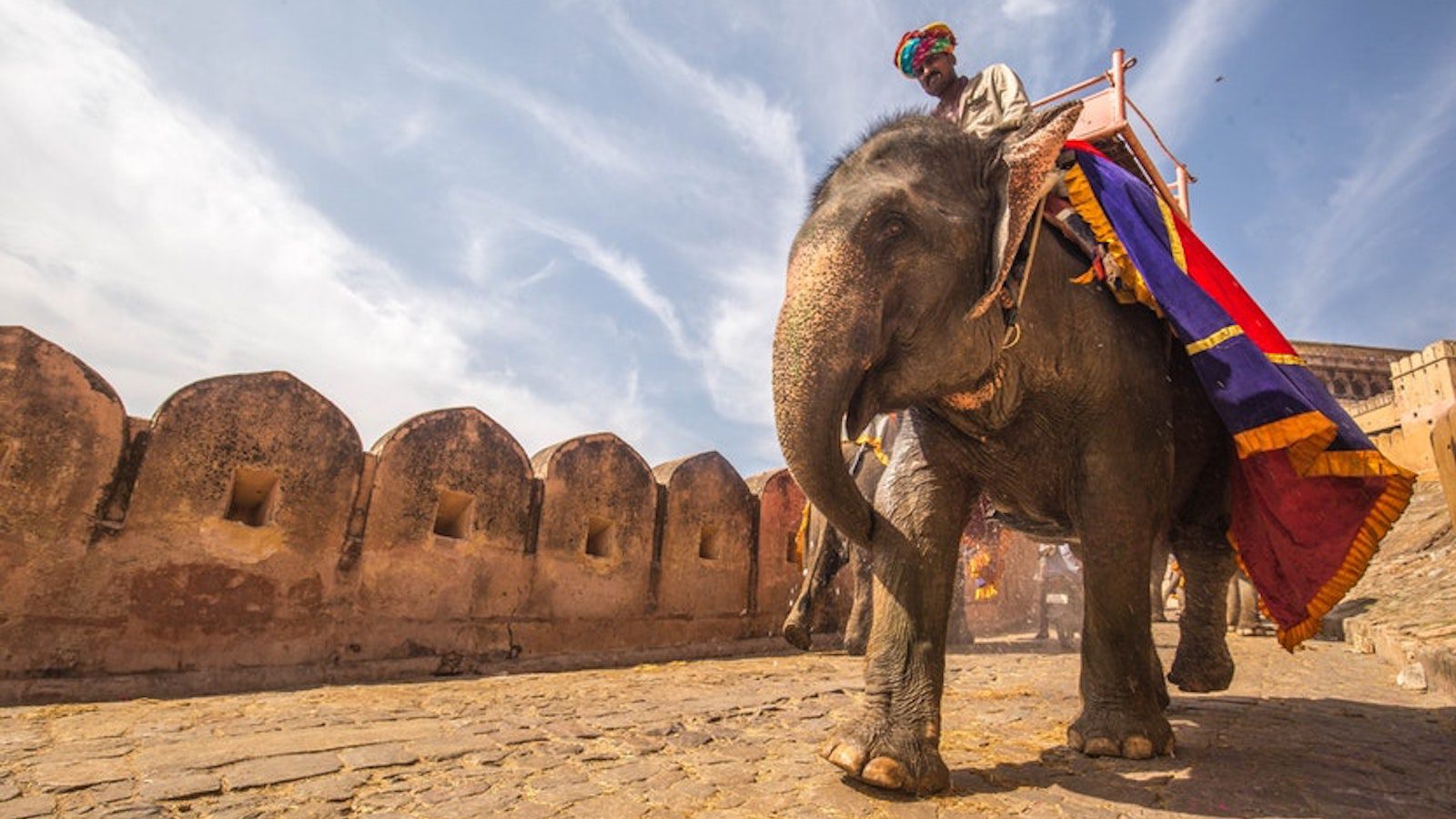
The Myth, the Legend, the Elephant
Hindu and Buddhist faith traditions maintain that the elephant is a sacred animal, a symbol of wisdom, mental strength, and earthly responsibility. It’s no surprise that dozens of tales about elephant deities exist – for Hindus in particular, the elephant is considered to be a living incarnation of Ganesh, son of Shiva and Parvati, whose head is cut off as a child during a misunderstanding between his parents. When a devastated Parvati demands Shiva and the gods bring her son back to life, he orders his troops to bring him the head of the first animal they find – a baby elephant. Ganesh grows up to be benevolent and wise, though not without faults – the small mouse with whom he is often pictured is usually interpreted as a symbol of the selfishness hidden in Ganesh and humanity.

Elephants also appear as in myths as royal transport for gods – like the god Indra, often pictured on his elephant Airavata.
For Buddhists, the paler skinned “white elephant” has long been considered the divine possession of their kings, as well as a symbol of a controlled and practiced mind. Ironically, legend and history both tell of wars fought over these rare creatures, with royal armies themselves mounted on – you guessed it! – thundering elephants.
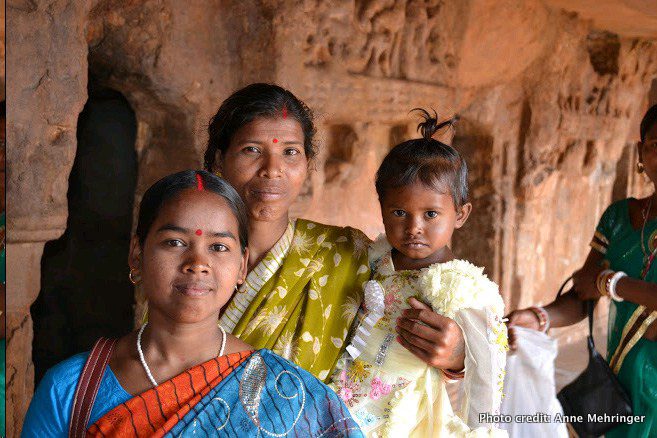
Myth Brought to Life
Elephant worship and reverence remains intensely important in India and Sri Lanka, and where worship and celebration are found, elephants and images of elephant deities are never far away. Today, tourists and locals alike join during the festival season to celebrate alongside these remarkable creatures, just as people have done for thousands of years.
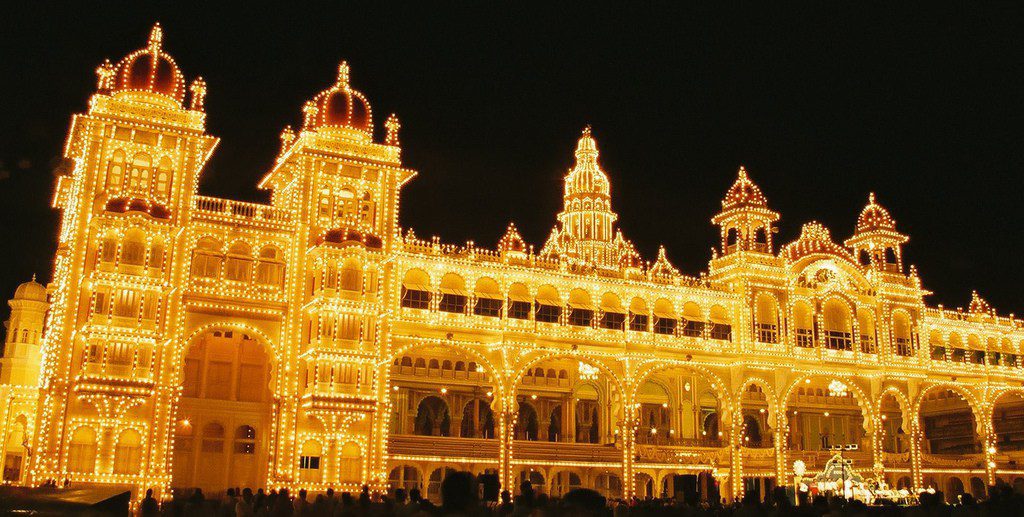
Maligawa Perahera, Sacred Festival of the Tooth
An annual ritual honoring the Sacred Tooth Relic of the Buddha and its four guardian gods, Natha, Vishnu, Kataragama, and Pattini, this Kandyan celebration is marked by vigorous dancing (like the kind described here!), fire spectacles, and elephant processions. In fact, it’s often called one of the most remarkable festivals in the world, drawing hundreds of drummers, dancers, singers, pilgrims, and spectators to the heart of Sri Lanka to take part in this rich and brilliant tradition.
The festival actually consists of five different processions, with four originating from the temple guardian shrines and one from the Sri Dalada Maligawa (the Temple of the Tooth) itself. Elephants play an incredibly critical role in this pageantry, as they march alongside the musicians, fire jugglers, and dancers, shimmering in their jeweled finery. While some of these elephants live at the Temple of the Tooth year round, most are brought from across Sri Lanka to participate from other temples or tea plantations. The largest tusked elephant has the honor of carrying the Maligawa (the holy relic) across the city in a golden casket, with two lines of dancers trailing him animatedly.
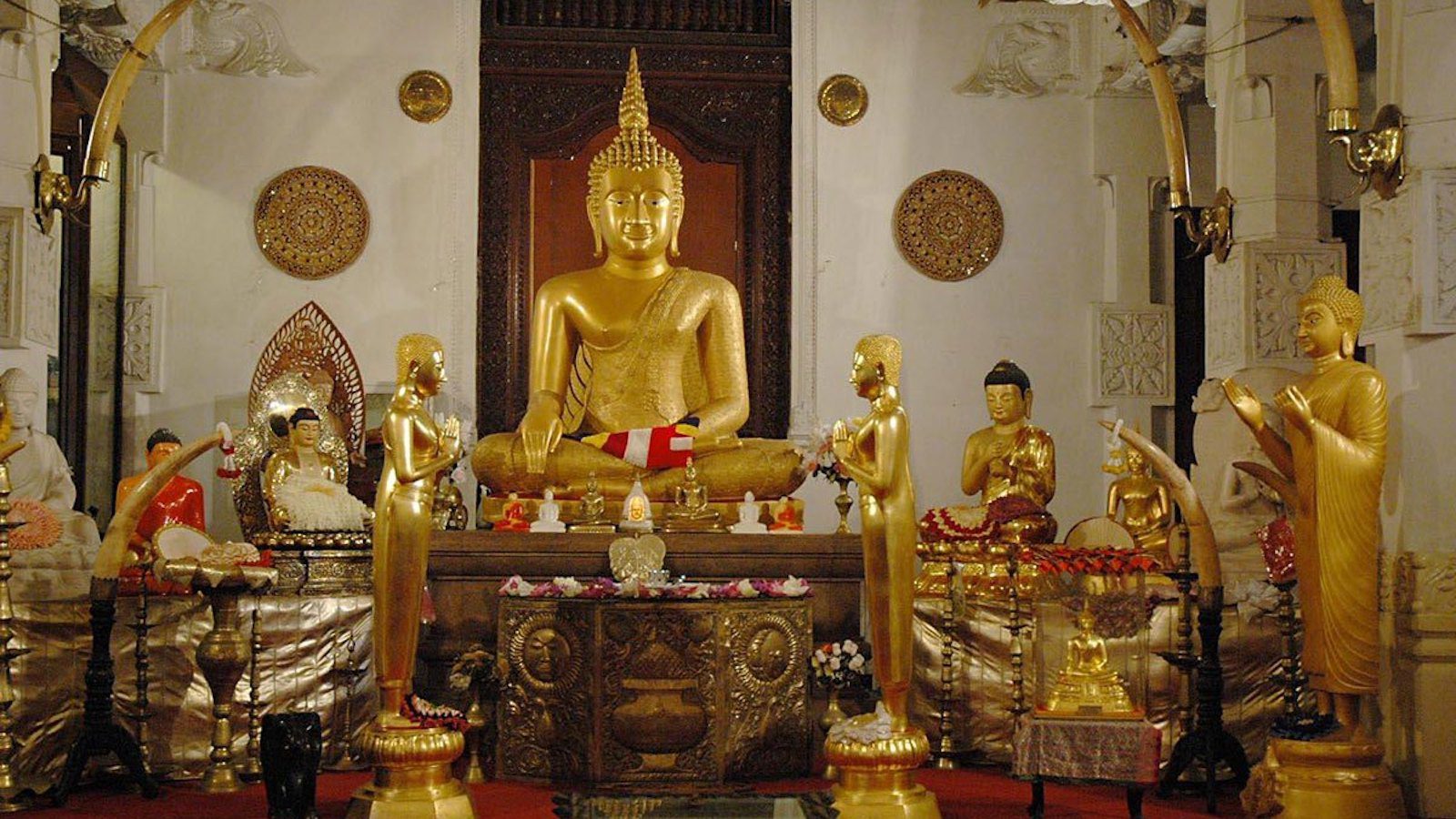
The celebration continues after the Maligawa has been restored to the temple, but if your desire is to view the relic and the magnificently adorned tusker carrying it, you’ll want to make sure you’re in Kandy during the first five days of the festival.
Ganesh Chaturthi
A yearly festival celebrating Lord Ganesh, this extravaganza has been celebrated informally throughout Tamil Nadu, Maharashtra, and Kerala for centuries, gaining formal incorporation into the Indian festival calendar in the late 19th century. During this 10 day period, all business slows to welcome Ganesh, and to invite his blessings upon people and homes, since he is believed to banish all obstacles and ensure the success of any new endeavor. In Maharashtra, where Ganesh is the patron saint, the ritual celebrations are performed with particular fervor – especially in Mumbai, where giant, intricately decorated Ganesh mandals (idols) are erected throughout the city, drawing millions each year looking to pay their respects. Each mandal has its own uniquely breathtaking design, and buses are available to take worshippers to visit the most popular destinations that year.
In addition to visiting the mandals, sweet dumplings called modak made from sugar and coconut (the favorites of Ganesh) are offered up to the lord, and locals purchase tiny Ganesh mandals for their own home to watch benevolently throughout the festival period. The last day of Ganesh Chaturthi is a spectacle not to be missed, with crowds numbering in the tens of thousands, singing and dancing as they make their way to the shores of the Arabian Sea. There, great and small mandals alike are immersed in the waters as worshippers send Ganesh back to his home in the mountains, where he will take all of their worries and problems with him.

Conservation and Care
While their sacred status has historically protected the elephants in India and Sri Lanka from the poaching that plagues their cousins in Africa, in recent years there have been reports of elephant abuse during certain festivals and in temples. This revelation has led to renewed emphasis on care and compassion for these creatures, who are important not only to the people of India and Sri Lanka, but to Hindus, Buddhists, and animal lovers and conservationists around the world. Camps like Eleday make it easy to interact with Indian elephants in a more natural environment – and they even host their own celebrations, like Eleholi Fest! Check out their work here.
Already thinking about your summer vacation plans? Ready to stop reading and take part in these ancient and awe-inspiring traditions? Let us help! Contact the Immersion Journeys team to create your own customized journey today!
